With our world drastically changing because of global warming, some areas of the Earth will never be the same again. Countries affected by climate change are increasing all over the world and have been negatively impacted by the ever-evolving climate crisis. From the Amazon to Key West, these severe climate changes are not good for both the natural and man-made environments.
Make sure to grab our free travel planner and visit these fantastic countries affected by climate change before it is too late!


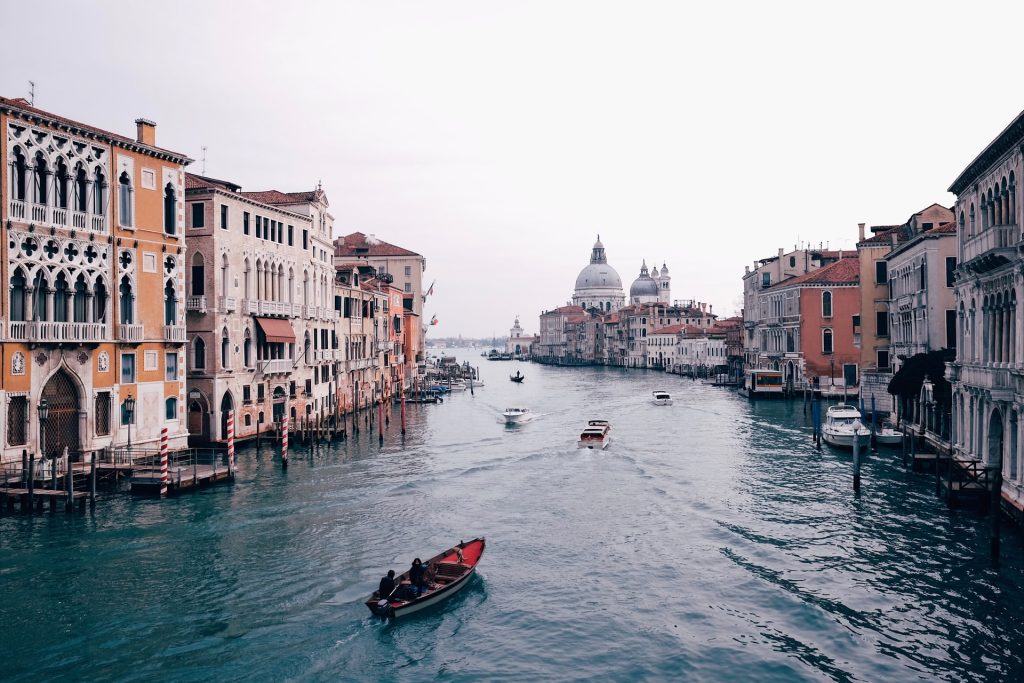
Venice, Italy
Coming in at the top of our list, you will want to make your way to Venice sooner than later as Italy is one of the countries affected by climate change strongly right now.
Boasting its anachronistic charm, Venice offers crowded streets and the Adriatic Sea coursing through its canals. Find a boat to float through the canals as the romance of every Hollywood movie permeates the air. In a place so dependent on water, locals predict flooding in the famous Piazza San Marco and other arts of the low-sitting city. As ocean levels rise, Venice slowly sinks towards more serious problems. Global climate activists have taken on this complicated issue by investing in advanced flood gates and other promising technologies to hold off the impending disaster. Italian artists have also spoken out. Italian artist Lorenzo Quinn made an effort to draw attention to this sinking city by creating a massive sculpture of hands reaching out of the Grand Canal. When you stop in, make sure to check it out.
If you are looking to travel within the upcoming years, consider this glorious city as it may not be the Instagram pic-worthy city forever.

Yamal Peninsula, Russia
Next on our list is the Yamal Peninsula in Russia. The indigenous Nenets people in northern Russia have seen their reindeer-herding ways drastically changing because of global warming.
The weather in this area of Russia has become increasingly unpredictable, as the vital winter season of the Nenets people shortens. As the permafrost melts, these warmer temperatures have significantly changed their way of life. In 2013, the winter season brought unusually warm temperatures accompanied by rain to the peninsula. This rain later froze and covered the area in a thick layer of ice.
Thus, reindeer and other foraging animals couldn’t dig through the ice to find food, resulting in tens of thousands of animals starving to death. Predictions made by climate specialists state that this unusual weather pattern will only become more frequent as the world continues to warm up. This is a dangerous situation for Russia’s famous reindeer herds and the numerous northern communities that rely on the herd for their economy.
Make sure to add the Yamal Peninsula to the list of your top destinations as you may not see the adorable and mighty reindeers for much longer since Russia is one of the countries affected by climate change.

Mumbai, India
As home to over 18 million people, Mumbai is one of the most populous cities in the world.
With vendors lining the Colaba Causeway to the Chatrapati Shivaji Terminus, Mumbai surges with energy. However, climate change affects the landscape everywhere, especially along the coast. Further, climate change could leave major areas of this city underwater in the upcoming decades if the increasing global temperature trend continues any longer. As a likely outcome, Mumbai could see a two-inch rise in water by 2050 leaving the glorious city prone to frequent, irritating flooding.
According to the National Oceanic and Atmospheric Administration, the world sea level is currently rising at a rate of roughly one-eighth an inch per year. Further, this predicted flooding would disproportionately affect the poor and migrants in the mighty city, many of whom live in the slums located on the famous city’s coastline.
If you have always wanted to visit Mumbai, now is the time to do so as India is one of the countries affected by climate change. With the increasing water line, this city may be halfway flooded with water before you get your next chance.
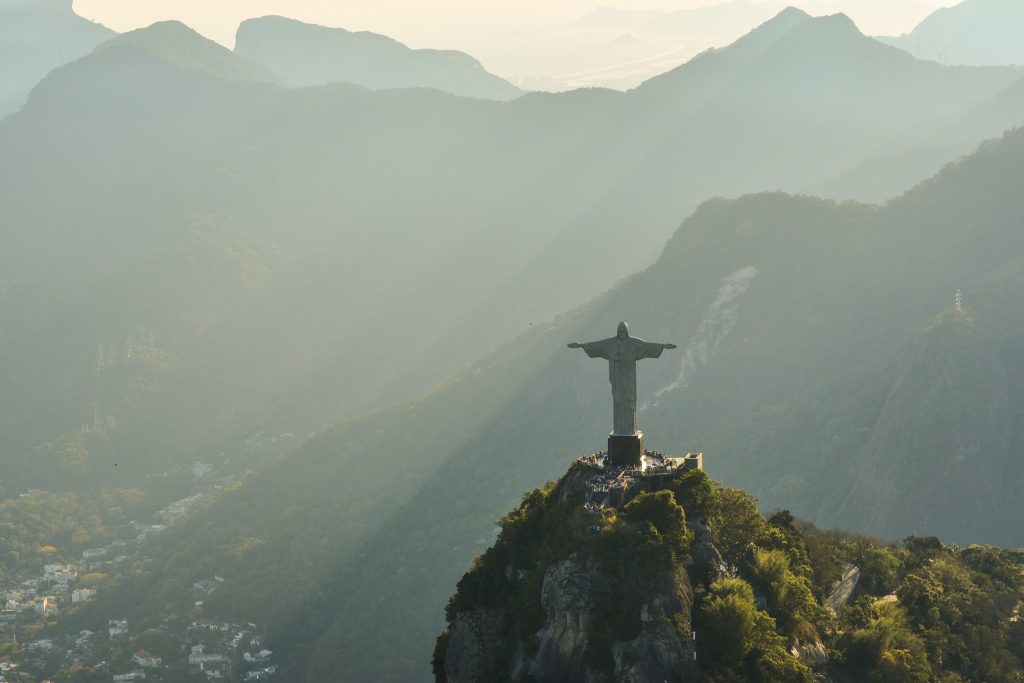
Rio de Janeiro, Brazil
Host of the 2016 Olympic Games, this destination will significantly change in the coming years thanks to climate change.
Climate experts have predicted that Rio de Janeiro will be the top South American city to be hurt by the severe climate change crisis. Numerous projections show that when the temperatures continue to increase, the water level surrounding Rio will rise up to 32 inches by 2100. This crazy change will cover the city’s world-famous beaches, airports, and some inland neighborhoods.
This rising sea level will also cause landslides, water shortages, and the spread of diseases in this famous tourist destination. Rio’s city leaders have paired up with NASA to understand these threats better. Using data provided by NASA’s numerous satellites, leaders hope to find ways to better adapt to this global climate change crisis.
Rio de Janeiro has been a highly sought after tourist destination for years with Brazil being one of the countries affected by climate change. Many have avoided visiting because of this popularity, however, if you have any interest in this travel mecca, consider traveling sooner than later.

New Orleans, Louisiana
Next up is the soulful jazz capital city, New Orleans, Louisiana.
Home to the world-famous Bourbon Street and Frenchman Street, New Orleans was custom built to offer a unique experience. Whether visiting to wander the spooky above-ground cemeteries or enjoy the beignets and shrimp étouffée, there are always magical opportunities in this pivotal city. However, the alluring lifestyle boasted in New Orleans can also be a curse, as seen with the devastating results of Hurricane Katrina in 2005.
Efforts have been made through major infrastructure investments, however, New Orleans is still at high risk. Located near the Gulf of Mexico, this city has a future filled with frequent tropical storms in store. Also, the Mississippi River nearby is prone to often flooding that could surpass the high sea walls, flooding the great city as we know it.
This great jazz city is going to be affected by climate change more than most other travel destinations. Make sure to make a quick (or extended) trip in the near future.
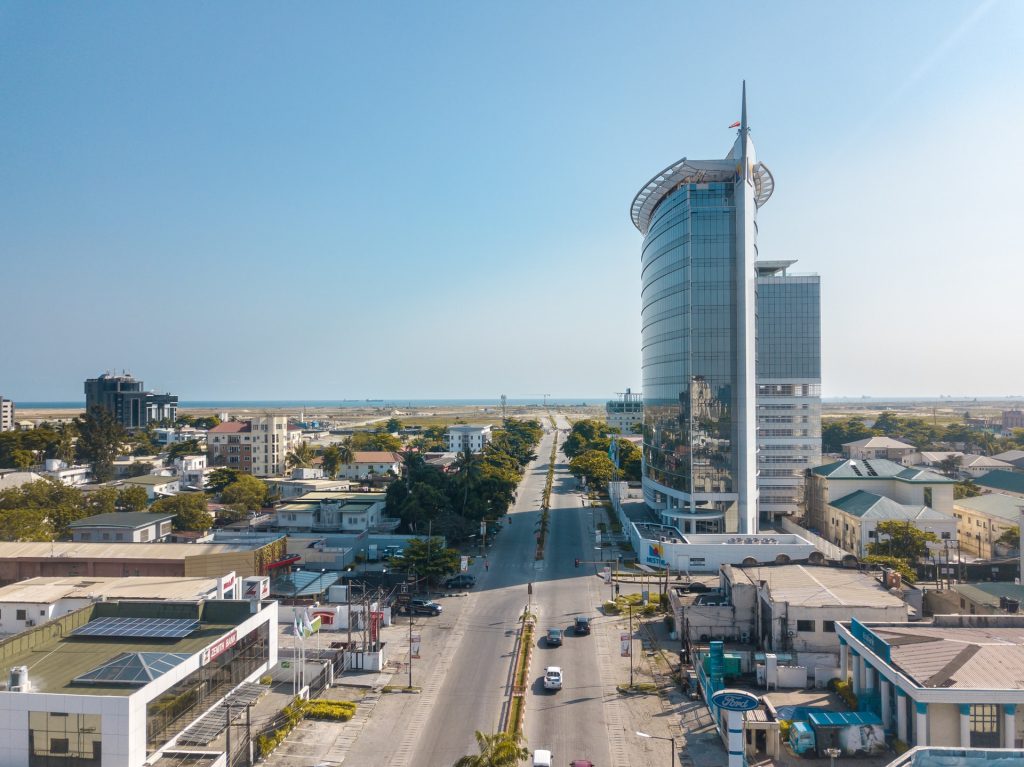
Lagos, Nigeria
Boasting some 20 million residents, Lagos is the most populous city in Nigeria.
Lagos is a crucial cultural and commercial hub located on the coast of the Gulf of Guinea. Boasting a creative scene filled with art, fashion, and Afrobeat, Lagos is home to countless flawless white-sand beaches. While it may seem like a blessing, this proximity to the ocean is part of the problem– the increasing frequency of heavy rain is putting the city’s infrastructure under high stress.
Also, this oceanfront location leads to rising sea levels serving an increasing climate threat. For example, Lagos experienced severe flooding in 2017 as the water submerged the local vehicles and cleared out hundreds of homes and businesses. If this trend continues, we could see a huge hit that could potentially decimate Africa’s most lucrative economy.
If you are looking to visit this beautiful city someday, I recommend booking a flight. As the economic powerhouse of Africa, Lagos will be changing significantly soon.

Osaka, Japan
Located midway between Tokyo and Hiroshima, Osaka provides the world with one of Japan’s largest commercial centers.
In Osaka, you will find eye-catching, modern buildings and architecture which sit next to famous ancient structures such as hat 3rd-century Sumiyoshi Taisha shrine. This historic city is also known by tourists as a major culinary spot thanks to the fun street-food environment. However, similar to a large number of Japan’s major cities,
Osaka sits at a low elevation. Consequently, Osaka is at severe risk as sea levels continue to rise. Already at risk of being hit by typhoons and experiencing heavy flooding, Osaka needs to prepare for its impending doom. Some scientists predict that if the global temperatures rise a mere 3 degrees (Celsius), huge areas of this metropolis will sink into the high seas.
As an enormous cultural hub in Asia, Osaka should be at the top of your travel list. You should consider visiting soon to avoid walking through a typhoon or inches of water.
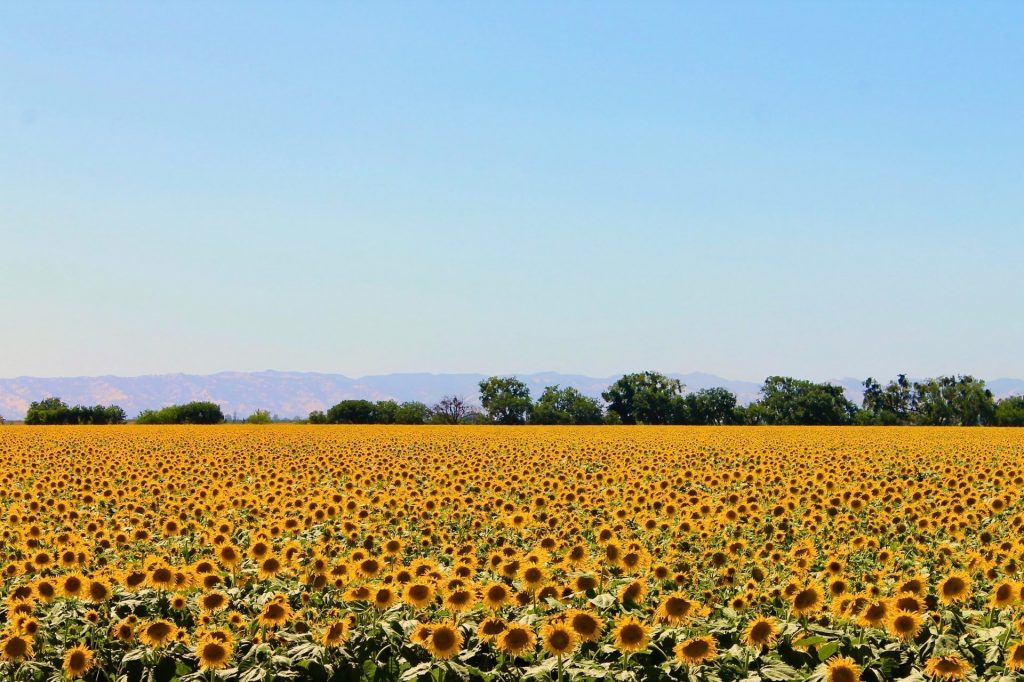
Napa Valley, California
While most of California will not have to prepare for the rising sea levels, areas such as Napa Valley have to get ready for their part of the global climate crisis.
Since the first commercially-run winery opening in 1859, Napa Valley has provided a destination and home to wine-lovers from all over the world. Napa County is home to more than 1,000 commercial wine producers where travelers can sip a glass and enjoy the picturesque view of the rolling vineyards with the backdrop of Mount Saint Helena. With all this wine, you may expect even more impacts of climate change.
The temperate climate boasted in Napa Valley is undergoing change with the potential to destroy its world-famous industry. The increasing frequency of crazy hot summer days is predicted to make the entire valley inhospitable to the world-class wine grapes that are grown in Napa. This will leave a devastating effect on businesses of local and commercial vineyards and crush the lucrative tourism industry.
For wine-lovers, this destination is a must-visit. Whether or not you prefer red or white wine, you will want to make sure to visit this grape haven before it is too late.
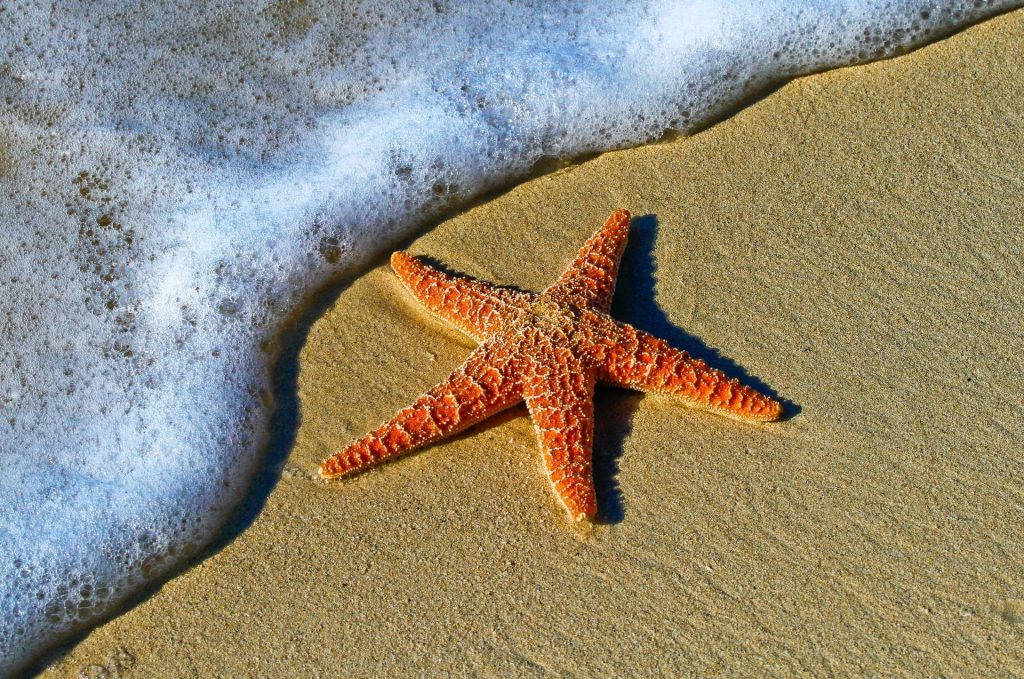
Key West, Florida
Next on our list is Key West, Florida, a popular tropical destination visited by over 5 travelers a year.
Once home to the famous Ernest Hemingway, this sun-soaked paradise is known for its ideal snorkeling locations, beautiful pastel-colored buildings, and a relaxing, carefree atmosphere. However, the southernmost city in the United States, even before Hurricane Irma which wreaked havoc in 2017, has faced severe environmental issues.
Further, the Army Corps of Engineers estimated that the Florida Keys can expect the sea level to rise 15 inches over the course of the next 30 years. Because of the continual flooding experienced in the Keys, officials have researched the cost of raising their major roads. This resulted in large price tags, much higher than expected.
If you are looking for a relaxing, tropical paradise to be your next vacation look no further. Key West offers loads of activities for everyone that you might not be able to experience for much longer.
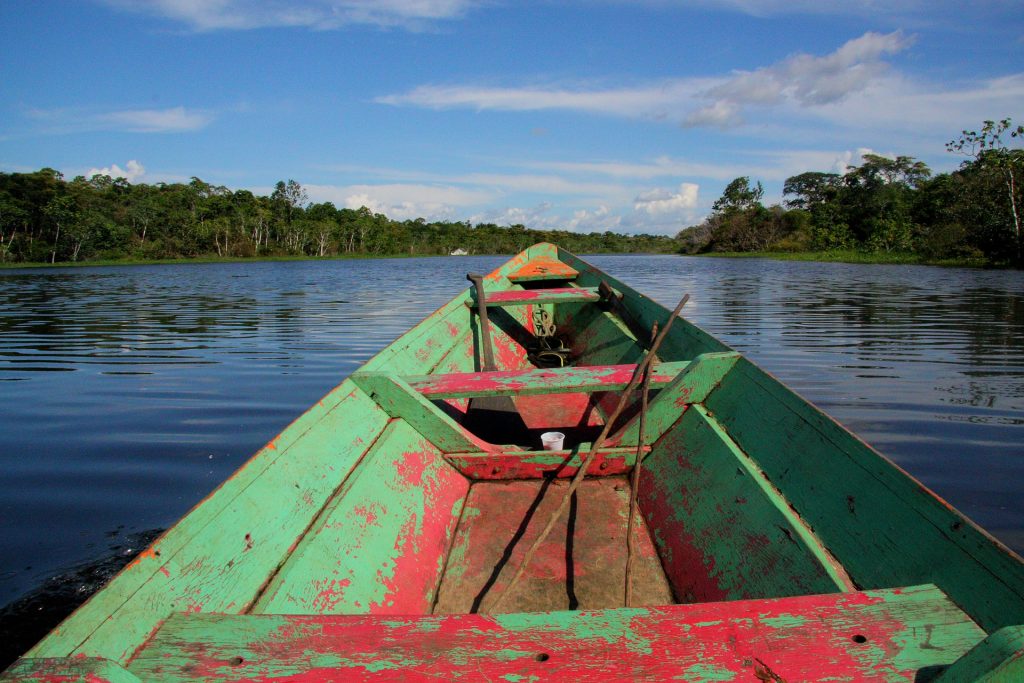
The Amazon
Commonly known as the largest rainforest on earth, the Amazon is already experiencing irreversible climate change effects.
The Amazon covers roughly 40 percent of South American land. Travelers can expect to find blue poison dart frogs and scarlet macaws accompanied by over 10 million other species in this wet, broadleaf rainforest. Because of the Amazon’s impressive size, vibrant atmosphere, and large number of animals, the detrimental environmental disasters unfolding are even more upsetting.
Extreme droughts have riddled the rainforest leaving the much-needed trees throughout the tropical jungle parched. Consequently, the jungle is highly susceptible to forest fires and large-scale dieback. Further, these awful forest fires are becoming more and more prevalent. The Brazilian National Institute for Space Research has identified more than 74,000 Amazon wildfires in 2019, which was nearly 85 percent higher than the previous year.
As one of the world’s top places to live (for animals), the Amazon is the top destination for nature lovers from everywhere. Make a trip down to this South American area soon to experience what 10 percent of Earth’s species live through every day.
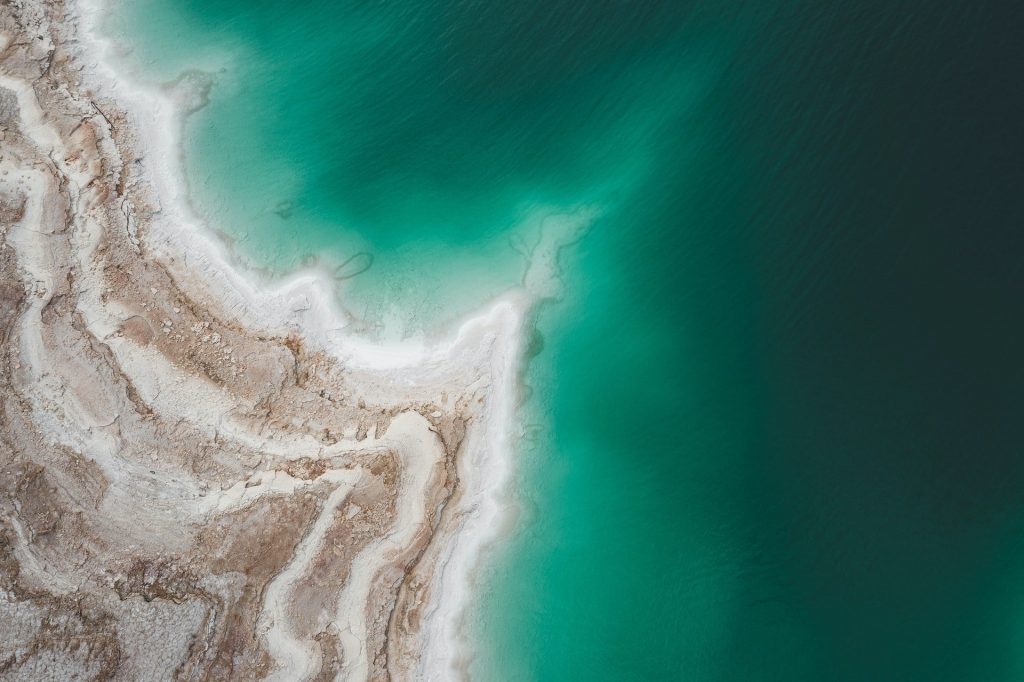
The Dead Sea
As one of the most famous, landlocked bodies of water in the world, this salt lake is located between Israel and Jordan ( both countries affected by climate change) in southwestern Asia.
The Dead Sea is, unfortunately, losing around three feet of height a year. Since earlier this century, this lake has already lost one-third of its large surface area as development began in the area. Sinkholes have started to appear in spots where the long-gone water receded. The areas surrounding have been built up by dams, storage reservoirs, and pipelines over the years, reducing inflow water levels to only five percent of their original volume.
Further, extractions performed by cosmetic companies because of the Sea’s minerals therapeutic qualities, have proven detrimental. The Middle East is also experiencing an increasingly hot climate which makes it fairly difficult for this large lake to replenish itself. Experts from around the world estimate that if the Dead Sea continues to disappear at this shocking, present rate, the lake could be completely drained by 2050.
As a top travel destination for scientists and tourists alike, this world-famous lake will not make it much longer if actions are not taken to fight global warming. Make sure to visit soon to experience this seemingly science-defying lake.

Leave a comment